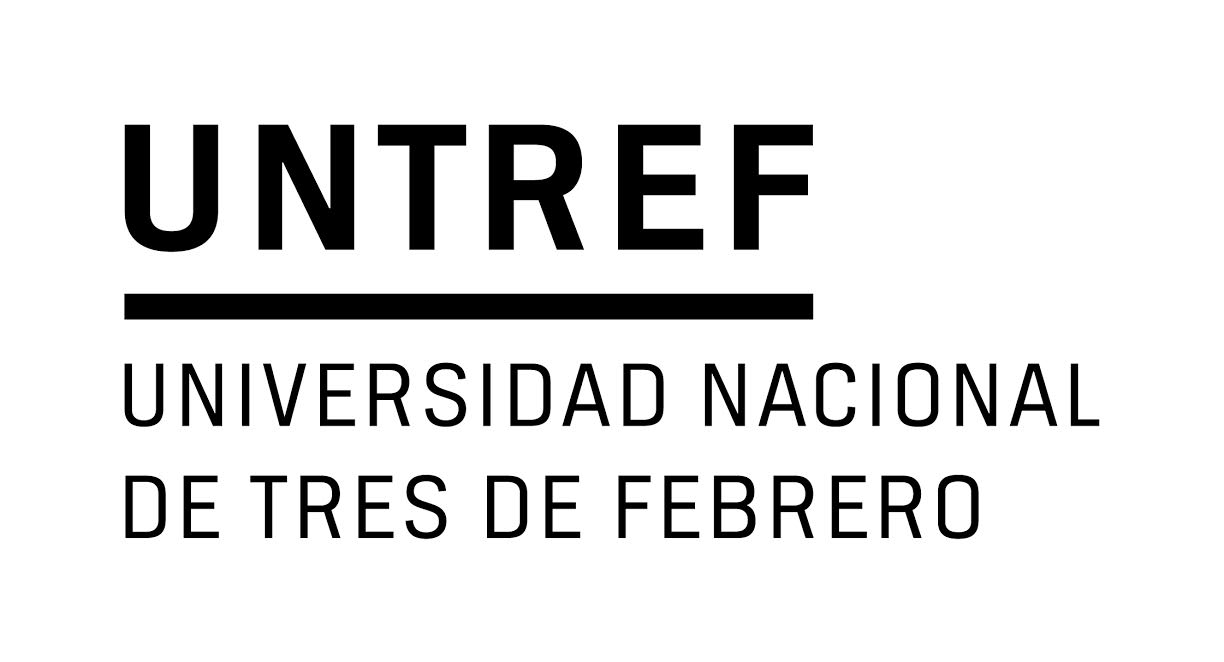INVESTIGATING THE DISSOLVED OXYGEN CONTENT OF WATER BACKGROUND
0 RUNNING HEAD INVESTIGATING MODS ELEFTHERION CARR INVESTIGATING MODS28 PARTTIME WORK AND UNPAID OVERTIME INVESTIGATING UNPAID OVERTIME
COLLAGE 5 TWISTING CURLING FOLDING COILING PAPER ACTIVITY INVESTIGATING
DRAFT INVESTIGATING THE PRIVATE LANGUAGE ARGUMENT1 AYŞEGÜL ÇAKAL BOĞAZIÇI
GEOGRAPHY LESSON 2 INVESTIGATING CENTRAL ASIA THROUGH MAPS LESSON
GLEN CREEBER KILLING US SOFTLY INVESTIGATING THE AESTHETICS PHILOSOPHY
Which indicator is best in silver nitrate titrations
Investigating the dissolved oxygen content of water
Background
The solubility of oxygen in water is quite low and the level of oxygen in water is often an indication of its quality. The more oxygen dissolved the better the quality. The solubility of oxygen will decrease with increasing temperature. Nitrates and phosphates can contaminate water and lead to a decrease in the oxygen content. Water contaminated with organic material will demand a high level of oxygen to bring about its decomposition and thus lead to lower levels.
Practical Techniques
You will need to find out about volumetric analysis (titration) and how to make up accurate solutions.
Where to start
Find out about the Winkler method for determining the dissolved oxygen content of water and plan an experiment to find the amount of oxygen in a sample of water.
Winkler’s method involves the oxidation of manganese(II) hydroxide by the dissolved oxygen to form manganese(III) hydroxide. This is then reacted with iodide ions to liberate iodine. The amount of iodine produced can be determined by titration with sodium thiosulphate. The amount of iodine that is measured can be related the amount of dissolved oxygen by the following equations.
O2 aq) + 4Mn(OH)2 (s) + 2H2O (l) → 4Mn(OH)3 (s)
2Mn(OH)3 (s) + 6HCl (aq) + 2KI (aq) → 2MnCl2(aq) + 2KCl (aq) + I2 aq)+ 6H2O (l)
I2 aq) + 2Na2S2O3(aq) → Na2S4O6 (aq) + 2NaI (aq)
Possible Investigations
Investigate how the amount of oxygen in water varies with temperature.
Investigate the amount of oxygen in different types of water e.g. sea water and river water.
Investigate the effect of the presence of nitrates and phosphates on the oxygen content of water
Sources of Information
The Chemistry Video Consortium and The Royal Society of Chemistry (2000) Practical Chemistry for Schools and Colleges CD ROM
Thorpe A, Making a standard solution, Chemistry Review, November 2002
Ferguson M., Volumetric Analysis. Chemistry Review, September 1996
Shipton M,. Water, Unilever Educational Booklet: Advanced Series (2000), Unilever
Thorpe A, Assessing the risks in practical work, Chemistry Review, September 2000
Thorpe A, Experimental error and error analysis: just how good are those results, Chemistry Review, November 2001
Vogel’s Textbook of Practical Inorganic Chemistry, (1989,) Longman Scientific and Technical
Denby D., What’s in Water?, Chemistry Review, November 1995
Canle Lopez M. and Santaballa J.A., Investigating oxygen in natural waters, Education in Chemistry, November 1999
Teachers' Notes
General
There is a detailed method for estimating the amount of dissolved oxygen in the article by Canle Lopez and Santaballa (Investigating oxygen in natural waters), Education in Chemistry, November 1999.
Chemical Principles
Volumetric analysis, redox,
Essential Equipment
Burettes, pipettes, volumetric flasks.
Essential Chemicals
manganese (II) chloride, sodium thiosulphate, starch indicator , sodium hydroxide, hydrochloric acid, potassium iodide
Timing
Results can be obtained within a reasonable time.
Safety
No risk assessment has been given. It is essential that students prepare a detailed risk assessment before they start. Teachers must be satisfied that this is suitable for the proposed investigation.
Experiment Starter Sheet
You should prepare the following solutions
25 cm3 of 40% manganese (II) chloride solution
25 cm3 of 30% sodium hydroxide solution containing 2g of potassium iodide
0.0125 mol dm-3 sodium thiosulphate solution
starch indicator solution
You should place 70 cm3 of your water sample into a conical flask. Add to this 5 cm3 of the manganese (II) chloride solution and 0.1cm3 of the sodium hydroxide/ potassium iodide solution.
Top up the flask with air –free distilled water and mix. Allow to stand for 10 minutes. Brown manganese (III) hydroxide should be precipitated.
Transfer the contents of the flask to a larger flask and add 2-3 cm3 of concentrated hydrochloric acid and shake to dissolve the precipitate. Titrate 25cm3 of the mixture with sodium thiosulphate using starch as an indicator.
An alternative method is given by Canle Lopez and Santaballa in their article.
Quantities are
150cm3 of water sample
1cm3 of a 2 mol dm -3 solution of Manganese sulphate
1cm3 of a 1.8 mol dm -3 potassium iodide solution and 12 mol dm –3 sodium hydroxide solution
1cm3 of 5 mol dm –3 sulphuric acid solution
0.01 mol dm-3 sodium thiosulphate solution
GUIDELINES FOR INVESTIGATING HISTORICAL ARCHAEOLOGICAL ARTEFACTS AND
INCENTIVES FOR PHARMACEUTICAL RESEARCH AND DEVELOPMENT INVESTIGATING THE IMPLICATIONS
Informing Postschool Pathways Investigating School Students’ Authentic Work Experiences
Tags: background ==========, investigating, background, water, content, dissolved, oxygen
- LAKIP PENGADILAN NEGERI KENDAL TAHUN 2015 BAB I
- CONTENTS 2 EN WORLD INTELLECTUAL PROPERTY ORGANIZATION SPECIAL UNION
- OKTATÁSKUTATÓ ÉS FEJLESZTŐ INTÉZET MATEMATIKA FEJLESZTŐ FELADATOK SZAKKÖZÉPISKOLÁSOK SZÁMÁRA
- A CHARGERÓL A CHARGE SZINDRÓMA VELESZÜLETETT (GENETIKAI EREDETŰ) RENDELLENESSÉGEK
- REPLICA DE LA SOLICITUD DE PERMISO A SER IMPRESA
- 3 TEST QUESTIONS – BIT LECTURE 1 OBJECTIVES AND
- 8 NORMATĪVĀ AKTA PROJEKTA KLIMATA PĀRMAIŅU FINANŠU INSTRUMENTA FINANSĒTO
- KONTROLE ZEWNĘTRZNE PRZEPROWADZONE W PS ZOZ WOJEWÓDZKIM CENTRUM
- APPOINTMENT OF REVIEWER (TO BE SUBMITTED TO THE CHIEF
- AKADEMIJA OTVORENIH INOVACIJA 04 I 05 MART 2021 GODINE
- 8 PENDAHULUAN KUSTA MERUPAKAN PENYAKIT INFEKSI GRANULOMATOSA PADA KULIT
- SZPITAL SPECJALISTYCZNY W ZABRZU SP Z OO UL M
- ACKNOWLEDGEMENT CONE HEALTH (SYSTEM) SUPPORTS FOLLOWING OUR VALUES AND
- PLANTILLA DE EVALUACIÓN DEL ALUMNOA INSTRUMENTOS DE EVALUACIÓN CRITERIOS
- PRINCIPALI TERMINI DELLA LINGUA CASTELLANA DI SEGUITO SONO RACCOLTI
- HET ORDEROLLENSPEL DIT SPEL IS GESCHIKT VOOR HET OEFENEN
- DATA WPŁYWU NR EWIDENCYJNY STRON KARTA RECENZJI ARTYKUŁU
- LENGUA CASTELLANA Y LITERATURA (2ª EVALUACIÓN) NOMBRE AUNQUE PARA
- 201415 LX11 20140623 PARTIDAK PROGRAMATZEKO EREDUA MODELO DE
- INFORME Nº 1098 DIRECCION GENERAL DE AUDITORIA DEPARTAMENTO DE
- 8 PANEVĖŽIO LOPŠELIODARŽELIO ”SIGUTĖ” 2013 METŲ VEIKLOS ATASKAITA 20140110
- CNCIV SALA L 9 DE MARZO DE 2004
- E NERGY (BTU) MEASUREMENT SYSTEM SPECIFICATION FOR CENTRAL
- YEAR OF THE YAK NACE A PRINCIPIOS DEL 2014
- BIBLIOGRAPHY FOR ORGANIC SPEECH DISORDERS COURSE ARVEDSON J &
- 2070824950 VRAGEN VAN HET LID ORTEGA MARTIJN (CHRISTENUNIE)
- WWWFBBVAES NOTA DE PRENSA LA FUNDACIÓN BBVA
- ATTACHMENT 1 ILLUSTRATION OF THE DRAFT TEST PROCEDURE
- UTSA EVENTS MANAGEMENT & CONFERENCE SERVICES TO USE CHECKLIST
- FORMULARIO DE RESPONSABILIDAD CAMPOENATO ESPAÑA Y ANDALUZ T850 GRAN
IV ELOGIO DE LOS GRANDES SINVERGÜENZAS1 HACE UNOS CUANTOS
 JAVNI POZIV ZA PREDLAGANJE PROGRAMAPROJEKTA IZ PODRUČJA SKRBI O
JAVNI POZIV ZA PREDLAGANJE PROGRAMAPROJEKTA IZ PODRUČJA SKRBI OCUMARTESİ KURS PROGRAMI 26022011 DERS 4 SINIF 6SINIF
ZAVOD ZA GLUHE IN NAGLUŠNE LJUBLJANA DOM FRANA GRMA
 A BÍBLIA TEM UMA PALAVRA PARA DESCREVER SEXO “SEGURO”
A BÍBLIA TEM UMA PALAVRA PARA DESCREVER SEXO “SEGURO”NEEM REPELENTE NATURAL PARA INSETOS A NEEM (AZADINACHTA
 ANEXO II INFORME DE AVANCE ACADÉMICO (ENVIAR SOLO EN
ANEXO II INFORME DE AVANCE ACADÉMICO (ENVIAR SOLO ENZAŁĄCZNIK NR 1 DO ZARZĄDZENIA REKTORAKOMENDANTA ASZWOJ NR 17
 OPEN FILE REPORT OFAR1 NEW MEXICO BUREAU OF GEOLOGY
OPEN FILE REPORT OFAR1 NEW MEXICO BUREAU OF GEOLOGYDeclaracion de Responsabilidad Para Sociedades de Responsabilidad Limitada (esta
EVALUACIONES PREGUNTA 1 EN UN DETERMINADO AÑO EL GASTO
 HANDELSHØJSKOLEN AARHUS UNIVERSITET LOGOCANVASHIDE02 SIDE 22 SKEMA TIL OPLYSNING
HANDELSHØJSKOLEN AARHUS UNIVERSITET LOGOCANVASHIDE02 SIDE 22 SKEMA TIL OPLYSNING YAPIM İŞLERİ İHALELERİ UYGULAMA YÖNETMELİĞİ BİRİNCİ KISIM
YAPIM İŞLERİ İHALELERİ UYGULAMA YÖNETMELİĞİ BİRİNCİ KISIM  Cela,%20Camilo%20Jose%20-%20La%20Colmena
Cela,%20Camilo%20Jose%20-%20La%20ColmenaMIÉRCOLES 23 DE NOVIEMBRE DE 1994 DIARIO OFICIAL (PRIMERA
PRAVILNIK O EVIDENCIJAMA U OBLASTI BEZBEDNOSTI I ZDRAVLJA NA
 MACALLOY BAR&CABLE SYSTEMS SYSTÉMY KONSTRUKČNÍCH TÁHEL MACALLOY 460 S460
MACALLOY BAR&CABLE SYSTEMS SYSTÉMY KONSTRUKČNÍCH TÁHEL MACALLOY 460 S460PEQUEÑO CURSO DE FOTOGRAFÍA ERÓTICA ¿COMO SACARLE EL MEJOR
 ŠK MAGNEZIT FERONA KOŠICE ORGANIZUJE PRE VŠETKÝCH MILOVNÍKOV PRÍRODY
ŠK MAGNEZIT FERONA KOŠICE ORGANIZUJE PRE VŠETKÝCH MILOVNÍKOV PRÍRODY263 TEMPLATE SOLID WASTE SERVICE AGREEMENT [DATE] SOLID WASTE